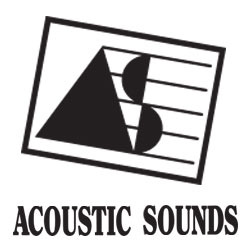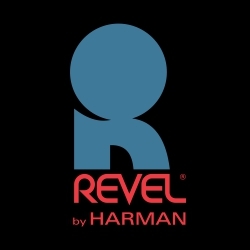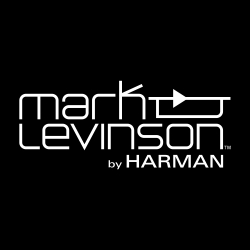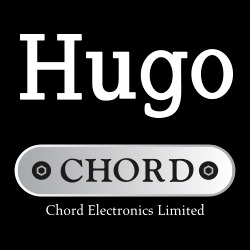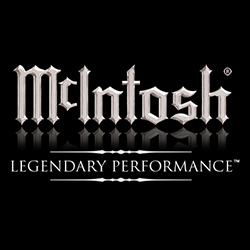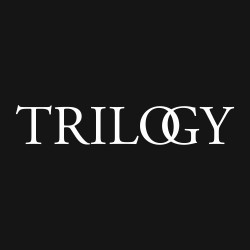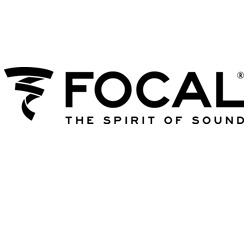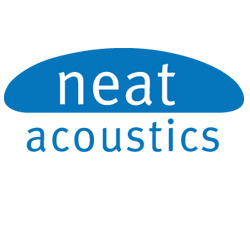‘Time flies when you’re having fun.’ If that’s true, then trick cables must be an absolute barrel of laughs because – believe it or not – it’s well over a decade since Saburou Egawa in Japan and Jean Hiraga in France introduced to us the wonders of wire.
The impact of specialist cables has been enormous, despite the continued presence of reactionaries who still think that it’s all a big hoax. Which leads me to the current cable malaise. If any part of the market really is flooded to the point of absurdity, it has to be the cable sector. Why? Because it’s the easiest sector to enter if you’re a real cynic – confirming the reactionaries’ thoughts. All you do is find an OEM cable, print your name on the insulation and make up some wonderful story.
Because cable reviewing is such a time-consuming and thankless task, magazines tend to concentrate on the main components. Even if cables were reviewed on a truly comprehensive basis, these reviews still wouldn’t help the consumer, for two reasons: cables are entirely system-dependent (which means that they must be auditioned as they will be used) and they’re absolute hell from a retail standpoint. The latter is connected to the former, so hear me out.
In order for a retailer to sell expensive cables, he has to demonstrate and occasionally loan them out in the same manner as whole components. It means either stocking expensive cables in innumerable combinations of lengths and connectors or cutting up fresh cable and preparing it with the risk that the customer won’t want it. He then has to put that odd, unsold length into stock, hoping that someone will come along needing, say, a 2.8m pair of solid silver cables terminated in seven-pin DIN connectors.
In other words, he’s out a couple of hundred quid because the tailor-made pair for that home demo didn’t sell. As a result, many retailers are reverting to pre-packaged lengths of cable terminated in conventional plugs, and then only from the best-known brands.
Some shops specialize in custom cable supply, but most have been burned and are leery of exotic cables. In turn, they’ve either adopted a few key brands simply because they know and like them and can recommend them in all sincerity, or they let the consumer buy on faith, i.e. influenced by reviews or adverts.
It may be a bit much to expect a consumer to buy on word of mouth, but I don’t think that any retailer would expect you to keep £300 interconnects which didn’t suit your system (On the other hand you can’t expect a retailer to rip apart his demo room and hand it over to you for a four-hour session for six metres’ worth of 79-strand.)
Reviewers also have preferences and unique systems, as do their readers, and they cannot expect remarks about a certain cable to apply to all installations. [But I will never forget a certain reviewer who insisted that my system would sound better with the spider-web, thin-cable garbage he worships. And he still thinks that the path betwixt Krell and a 1 ohm Apogee should consist of nothing more than a pixie’s pubic hair.]
So why even bother you with tales of two more cables Because it’s what I’m supposed to do. Considering that cables are such a gamble anyway, increasing the odds by 2 isn’t going to make much difference, and – if you’ve read the preceding paragraphs – you still have to make up your own mind. But these cables are interesting enough and worthy enough to justify the publicity.
The first is Quantum Audio’s YFERE cables and YBLENT connectors, and yes, I agree with you that the names are clumsy and sound like some obscure accessories from a 1936 Leica catalogue. That’s where the clumsiness ends, because these cables are slick and professional and really deliver. But let me start with the ends, if you please.
The YBLENT connector is one of the more complex phono plugs I’ve seen, a patented design employing symmetrical shells to form the inner body. They create a four-part earth contact collar with exceptional grip and self-cleaning action to remove and then prevent the build-up of oxides at the point of contact. The shells extend back over the solder area and virtually enclose the entire centre contact. The whole rear section of the plug acts as a cable clamp, gripping the wire at 18 pressure points. The YBLENT plug is machined from oxygen-free copper and is entirely finished in hard gold plate. Yes, it’s pretty luxurious, but then what else would expect for £52.17 for a set of four?
Inbetween the YBLENTs are lengths of YFERE cable which consists of two pairs of colour-coded LC-OFC conductors, each made up of 20 strands plus an LC-OFC multi-strand, helically wound screen. The four conductors are laid in parallel and separated by a PTFE insulator. The cables are directional and are assembled using YBLENT silver solder.
A run through the literature suggests that quiet operation and resistance to interference were high priorities and, indeed, the cables are among the ‘quietest’ I’ve ever tried. Used between CD player and preamp, or preamp and power amp, the YFERE ‘Quad’ leads revealed themselves to be thoroughbreds easily worth the £70 for a 1m pair. Also available is a twin version and OFC leads in myriad lengths and combinations.
OK, so we’ve another source for worthy cables, but the real surprise in the package was a 1m length of fibre optic 7-core cable. I’m thinking, ‘How can there be differences between optical cables, workmanship aside?’ Since these were pitched to me by a known cynic rather than a starry-eyed tweak, I figured I’d give them a try. Looking exactly like the the optical leads supplied with the the Marantz CD-12 save for the colour of the sleeve (blue to the Marantz’s black), the YFERE optical cables really did sound more open and ‘sweeter’.
That was madness enough. Then I received some co-axial cable from HFN/RR‘s US distributor which purported to improve on other co-axial cables when used for digital transmission. And sure enough, again using the Marantz CD-12, I was able to obtain markedly superior performance from Master Link Premium silver/Teflon interconnects over a host of other top coaxial cables.
Remember: this is while transmitting digital information, not analogue. And when it came time to compare the two — the Quantum optical versus the Master Link coaxial, the latter was so close to the former that it suggests hope and relief for those who own CD players with co-axial-only digital outputs. In other words, don’t bother upgrading a player just because the new model features optical output. Just try the Master Link. (And it’s unlikely that aftermarket D/A converters will be issued with optical-only inputs for some time to come.)
Again, the donor of this cable is a renowned cynic. He’s as staggered as I am that a coaxial lead can operate within such proximity to optical fibres. And so opens another can of worms…
The Masterlink leads, used in analogue mode, are now serving in my system between preamp, DAX and power amplifiers with Mandrake still unmatched for source-to-preamp duties. I have the Quantum fibre optics in between the Marantz chassis and Lieder leads connecting amps to speakers. A mish-mash? No. It’s simply a combination that took me a mere two years at which to arrive.
Now do you see why recommending cables is such a pain in the tush`?
(Hi-Fi News & Record Review, August 1989)

